Remember reclaimed wood table top? A work in which I showed step by step the stages of realization. I worked with reclaimed wood, used antiquing methods, insisted on sanding and patination, but I talked very little about the tools I used. So I'm going to present some of the power tools I use in this type of project that I think should be part of the DIY enthusiast's toolkit.
Let's take them one at a time. You cut the wood with a pendulum saw. It has 800 W power and adjustable speed between 500 and 3000 rpm. It's very useful because it quickly brings the wood to the desired size and the quality of the cut is better than sawing with a hand saw.

Sanding machine vibrating is part of the power tool set that you can't do without, I say. There's hand sanding, you'll say. But if you want to remove a coat of paint, want to do a more aggressive antiquing, or the wood is very rough and uneven, hand sanding is a challenge. With machine sanding, things get done faster and in some cases, even with better results. The machine I use has a power of 250 W, adjustable speed between 7000 and 12000 rpm and a sanding surface of 93×185 mm.
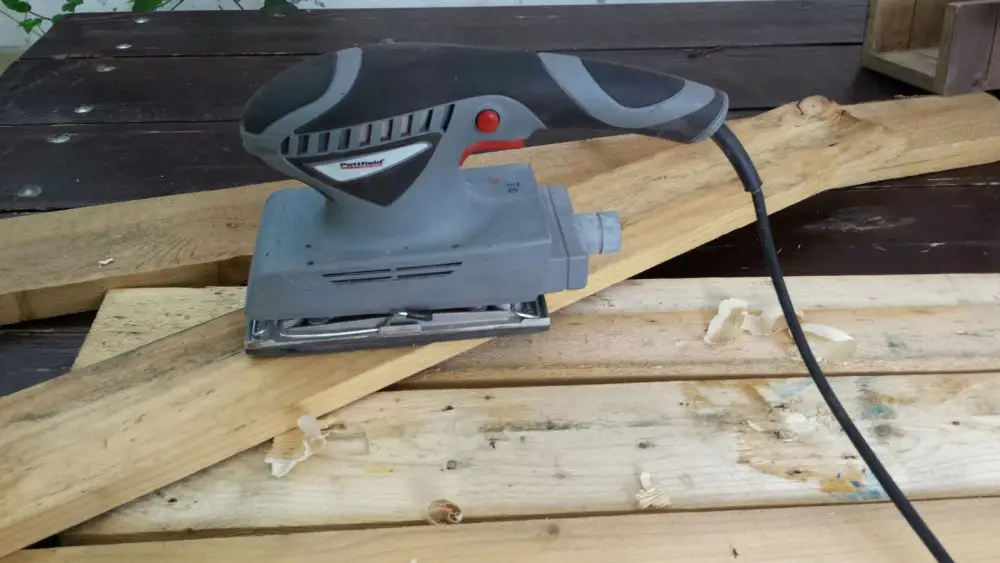
To drill holes in the wood and also to fix screws, I use a electric drill and a rechargeable one. The advantage of the latter is obvious and I work with it when I don't have an outlet nearby. These power tools are absolutely necessary and are preferable to drilling holes by hand with a drill. The electric drill has a power of 600 W, 3100 rpm and a diameter of 13 mm.

Battery-powered power drill It has 16.8 volts of power, 900 rpm speed and 10 mm diameter.
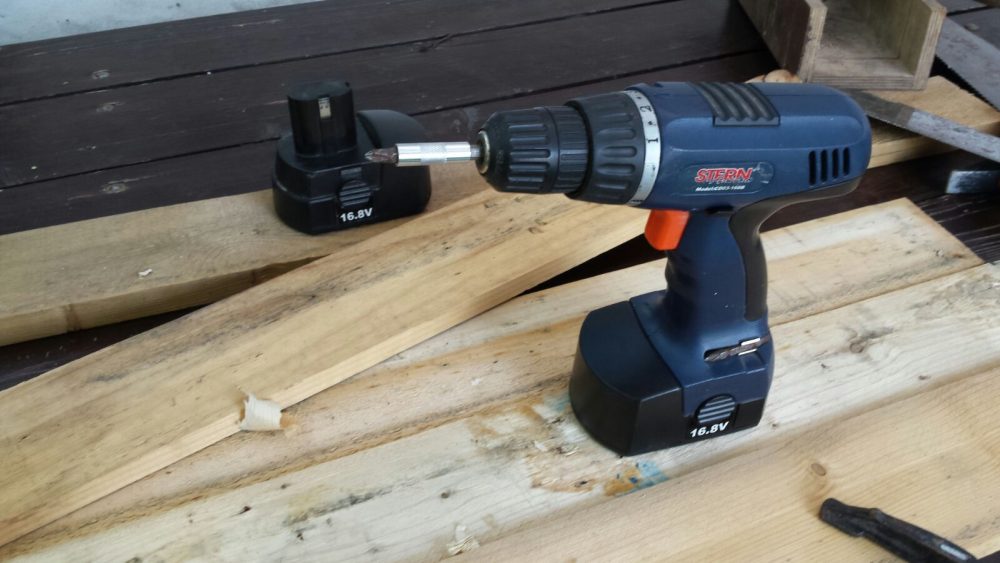
Last but not least, electric rinser. I use it less often, because it seems to me that there is no substitute for a classic flange. But there are cases when, without the electric bevel, it would be more difficult to solve problems. For example, if there are knots in the wood, with the electric planer I have better control over the operation. With the manual one, I run the risk of either ruining the bevel or not cutting the knot properly. The machine's power is 650 W, the speed is 16000 rpm, the planing width is 82 mm and the thickness is adjustable between 0 and 2 mm.
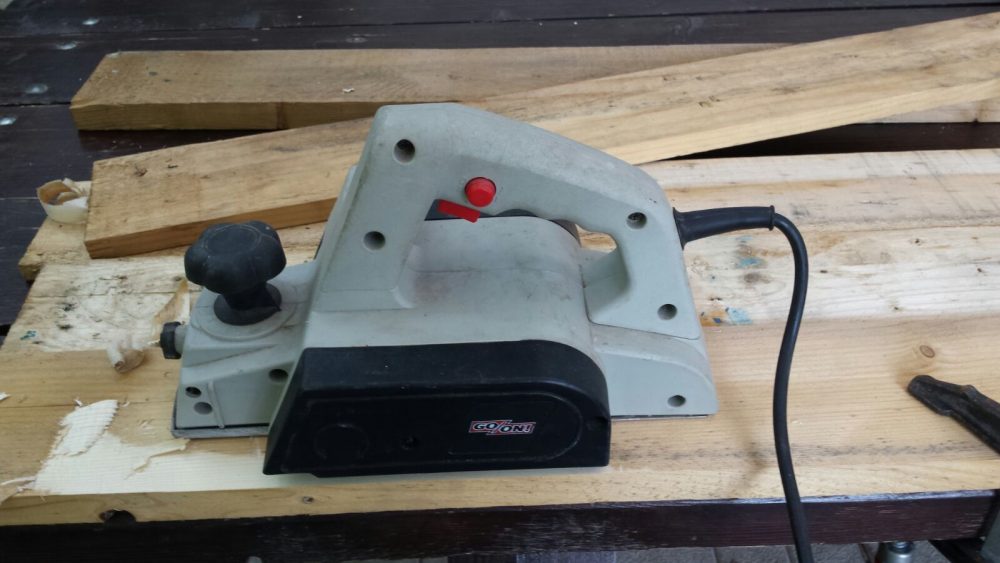
Speaking of the classic plank. I got the one below at a fair and I love working with it. Makes the wood feel better.
 Power tools are of great help and absolutely necessary for certain operations, and the advantages are clearly seen in their performance and speed of accomplishment. In addition to these electric woodworking tools, I also have a number of mechanical tools and hand tools, spray guns, but about them in another post.
Power tools are of great help and absolutely necessary for certain operations, and the advantages are clearly seen in their performance and speed of accomplishment. In addition to these electric woodworking tools, I also have a number of mechanical tools and hand tools, spray guns, but about them in another post.
Until then, I'm interested in what tools you work with. If you have any tools that you particularly appreciate leave a comment below in the dedicated area and let us know.


























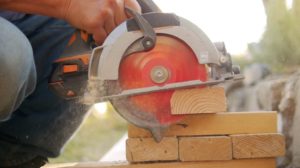
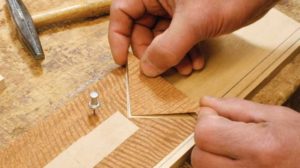
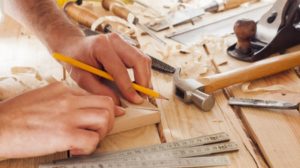
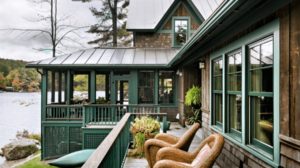

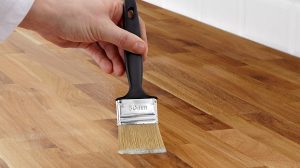
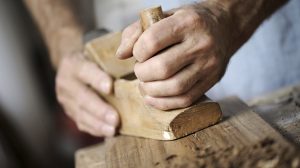



In my experience (as an amateur) with a hand-held planer you get very good and controlled entry into knots, provided you adjust it to take a very fine span and have a very sharp blade.